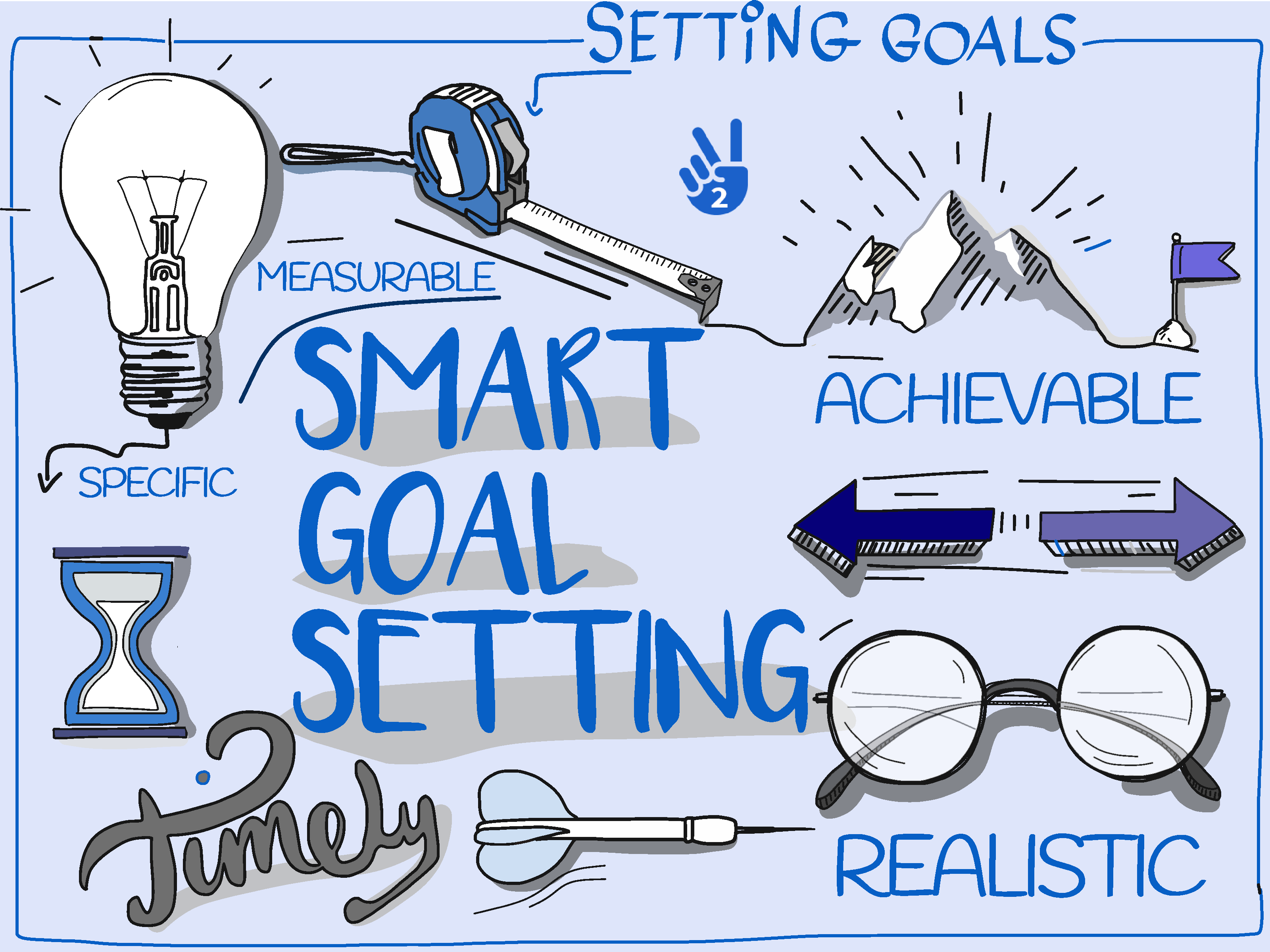

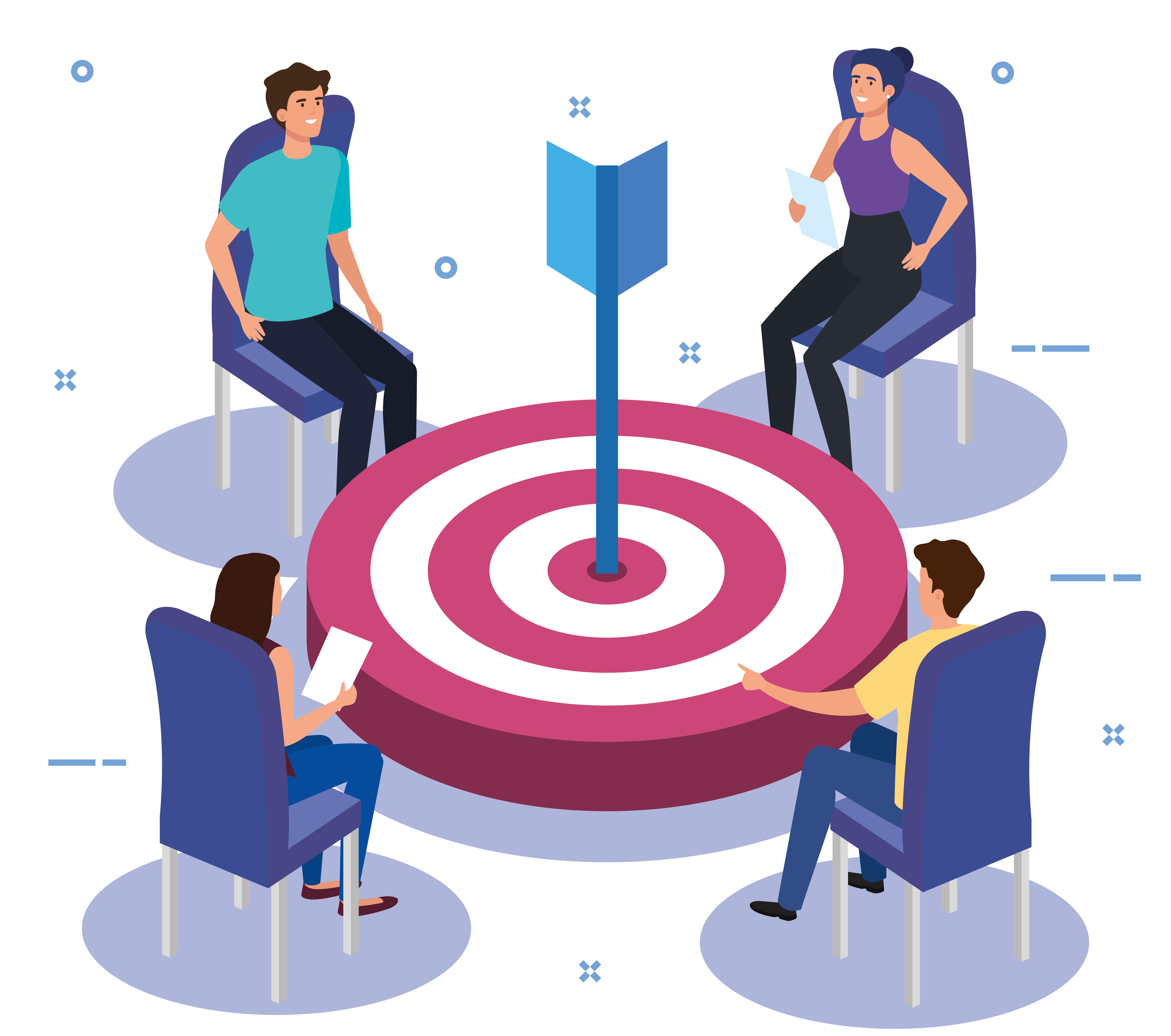
When getting started with PMS (Performance Management System), the most frequently asked questions are how to choose, implement and adopt a suitable PMS. To help our customers we are glad to share various PMS approaches with examples, so that you can get started easily and implement a suitable PMS. Don't worry our Full PMS Services such as Workshops, Coaching, Training and Consulting retainership provide all these artifacts custom developed to help your organization. Moreover, we have made examples for these re-usable PMS artifacts library available inside our software application as well, to make it more convenient to adopt.
For CFRs (Conversations, Feedback and Recognition) we provide guidelines, templates and best practices including inside our Skills2Talent™ Software/Add-on modules, which will make easy to orient, train and institutionalize PMS & CFR. Most popular PMS approaches that are adopted widely across organizations are listed below;
OKR based PMS: "OKR" (Objectives & Key Results). Objective: Where do we want to go?, Key Result: How do we know if we are getting there? --> Checkout our OKR Stars™ Full OKR Services - OKR Examples page to know further.
SMART Goal based (MBO-PMS): Goals should be straightforward and state what you want to happen. MBO stands for Management by Objectives. The goal has to be specific and define clearly what you are going to do. Use action words in goal such as direct, coordinate, achieve, complete, deliver, organize, lead, develop, plan, accomplish etc.
OKR and MBO-PMS Differences →Company Core Values Alignment Based: Core values often reflect your organization's ethical standards, culture, or mission statements. Evaluating on core values reinforces the organization beliefs and ensures every employee demonstrates the same standards during the employment.
Job Specific & Behavioral Competency Based: Competencies in the context of Performance Management System is they are qualities that employees get rated on. Competencies can be mapped to R&R (Roles & Responsibilities) / JD (Job Description) and used as part of their development path (SMART Individual Development Plans).
Multiple Content Sections Based (with Weightage): Although performance reviews can be planned to include sections specific to organization's needs, the best practice performance review includes four main content sections (A, B, C and D). These contents cover objectives (SMART goal plans), core values (aligning to organization’s vision, mission, and value system), job specific competencies and behavioral competencies (approach/ indicators/ attributes/ components). The organization need to use at least one section or many/all. If any content section has "zero" weightage will be hidden from the performance management form (template) in Skills2Talent™ PMS. Each content section is given a weightage of the overall performance score with a total of 100. These content sections can be different for different group of employees as per the business need (i.e. The percentage can be different based on work groups' business requirements)..
Exclusively Competency Based (Mapping & Assessment): Competency Mapping is a process of identifying key competencies for an organization and/or a job and incorporating those competencies throughout the various processes (i.e. job evaluation, training, recruitment) of the organization. The mapping process includes defining Role specific Meta (Core) Competencies, Subset competencies (per Meta Competency) and mapping them along with proficiency levels (rating scale). The assessment framework can be designed as per the organization requirement such as employee and manager based competency assessments (Target Vs Actual) and thus identifying skill matrix and gaps. The assessment input can also be collected from peer members, program office and from subject matter experts (in addition to employee & manager's ratings). The Meta competencies can be given Weightages as well to differentiate must to have/optional/common competencies along with provision of evidence/references (soft copy attachments). A focussed competency based assessment helps matured organizations to address the major pain points systematically (Ref: People CMM Ver 2.0) that impact the PMS (Performance Management System) through data intelligence for decision makers and link with Learning & Development initiatives.
Questionnaire Based: Similar to performance conversation-based assessments, the questionnaire based assessment helps to approach differently but in a meaningful and structured manner. The questionnaire can be planned to have a comprehensive scope/purpose such as, about job, work output, role, stretch goals, agility, culture fit, feedback based, employee satisfaction, aspiration, soft skills, leadership capabilities and personality etc. To have 360° views for unbiased information, the same questionnaire can be re-framed to collect feedback from the selective target people such as matrix managers, program office, peers, cross functional team, or internal/external customers. For prioritized questionnaire, the weightage can be associated category wise and to make balanced assessment along with provision of evidence/references (soft copy attachments).

Skills2Talent™ "SMART" Goals Approach or Guideline: "S": Significant/Specific/Stretching; "M": Measurable/Meaningful/Motivational; "A": Achievable/Attainable/Agreed upon/Action-driven; "R": Relevant/Realistic/Results-oriented/Rewarding; "T": Time-bound/Timely/Trackable/Tangible
Examples of SMART Goals/KRA along with Metric:
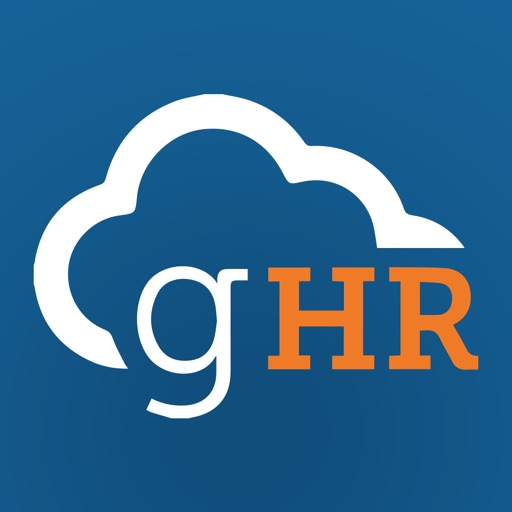

Our Software integrates with popular business applications, authentication providers and HRIS. Bridge the disconnect between strategic, operational and performance management systems.
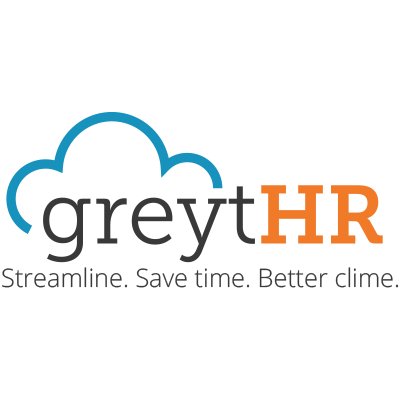
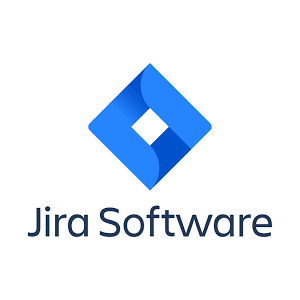
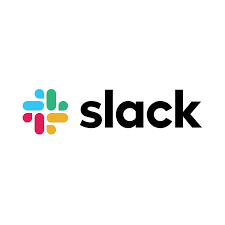
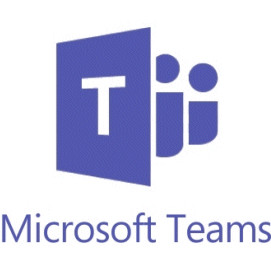
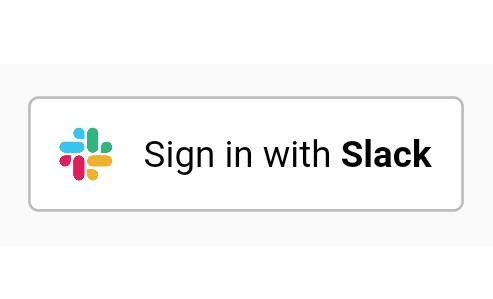
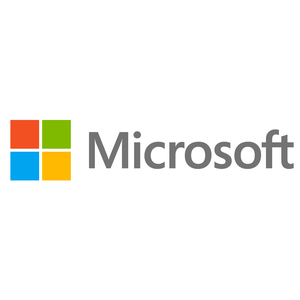
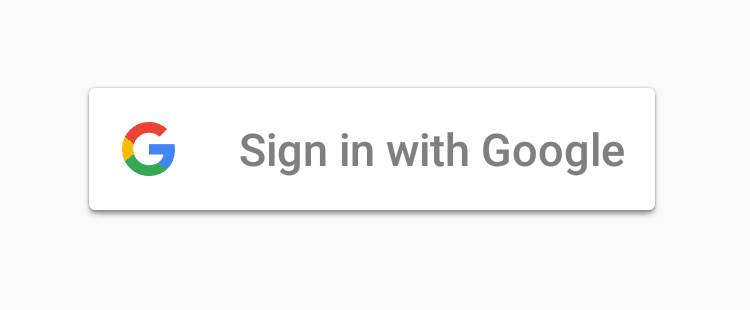
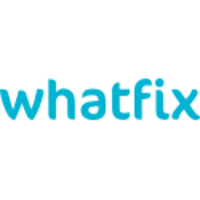
![]() Our strength is focussed talent management software implementation experience, deeper understanding of performance management domain and proven product to market fit, leading a short and successful implementation.
Our strength is focussed talent management software implementation experience, deeper understanding of performance management domain and proven product to market fit, leading a short and successful implementation.
![]() In house principal OKR coach, qualified consultant and MNC experienced professionals (>60 Yrs.) to provide a complete end to end "full OKR implemenation" services, including training to your internal OKR Champions with knowledge transition.
In house principal OKR coach, qualified consultant and MNC experienced professionals (>60 Yrs.) to provide a complete end to end "full OKR implemenation" services, including training to your internal OKR Champions with knowledge transition.
![]() Comes with our backend remote support infrastructure, expertise for a systematic go-live.
Comes with our backend remote support infrastructure, expertise for a systematic go-live.
Millennials friendly modern UX design, built-in user tips/tutorials, free samples & user training
>8 Years of excellent product-to-market fit software engineering maturity at SMBs to MNCs across industries clients
Unique best practices, innovative implementation with digital product adoption tours for users
Instant integration option with our range of Talent Management Products (Skills2Talent™) & HRMS
Check out our designs by UX experts, In-app live flows, Online multimedia tutorials, tools integration and world-class support & training.

Performance Management Software and the Skills2Talent’s continuous support is remarkable. We are happy and would like to thank PMS expert team for their fast response in solving our queries. Keep it up!

The overall experience has been great with Skills2Talent’s Talent Management Software. It is easy to set-up, has a polished user interface (UX), in-depth functionalities and always with awesome support!
Manager – HR, Jamboree Education Pvt Ltd.


We are using Skills2Talent since Y2018. A very handy and easy application with lots of good features. Our HR & Talent Management processes have become more organized and prompt. I am very much satisfied with their quick, on time response and quite appreciable.

Aim of automation in Recruitment & PMS. The struggle which we were facing in paperwork has been resolved while using this tool. It has enhanced our productivity. It's user-friendly. We are very much satisfied with the services which they are providing on a daily basis and glad to implement Skill2talent Software.


From 2016 we have subscribed with Skills2Talet SaaS. S2T’s Performance Management System rollout has brought PMS transformation and the product is very helpful for us. Several configurability and powerful workflow management makes our life easy to customize ourselves and meet requirements. Their customer service is excellent and always reachable by Instant Chat/Ticketing/Phone/Email/User Manuals and self-learning built-in digital product adoption live workflows.

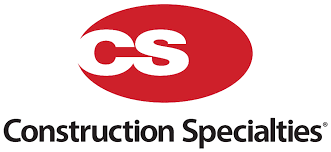
Our challenge was to automate PMS best practices as per our company processes. Skills2Talent Continuous Performance Management System is extremely flexible and is so user friendly to our talent capital. Since Y2018 S2T PMS platform offers greater flexibility to HR, line managers and team to strategize, trigger and bring performance as a culture across organization. Their online support framework is very comprehensive and has been a great pleasure. We are glad to have them as our HR technology partner.

We are using Skills2Talent Talent Management Software from 2015. It is extremely user-friendly application. It has great features and it is very robust. The support team is very responsive and quick.
Digitize Your Talent Management processes in one unified platform to manage OKRs, CFR, Continuous PMS, L&D and Core HR in one system.